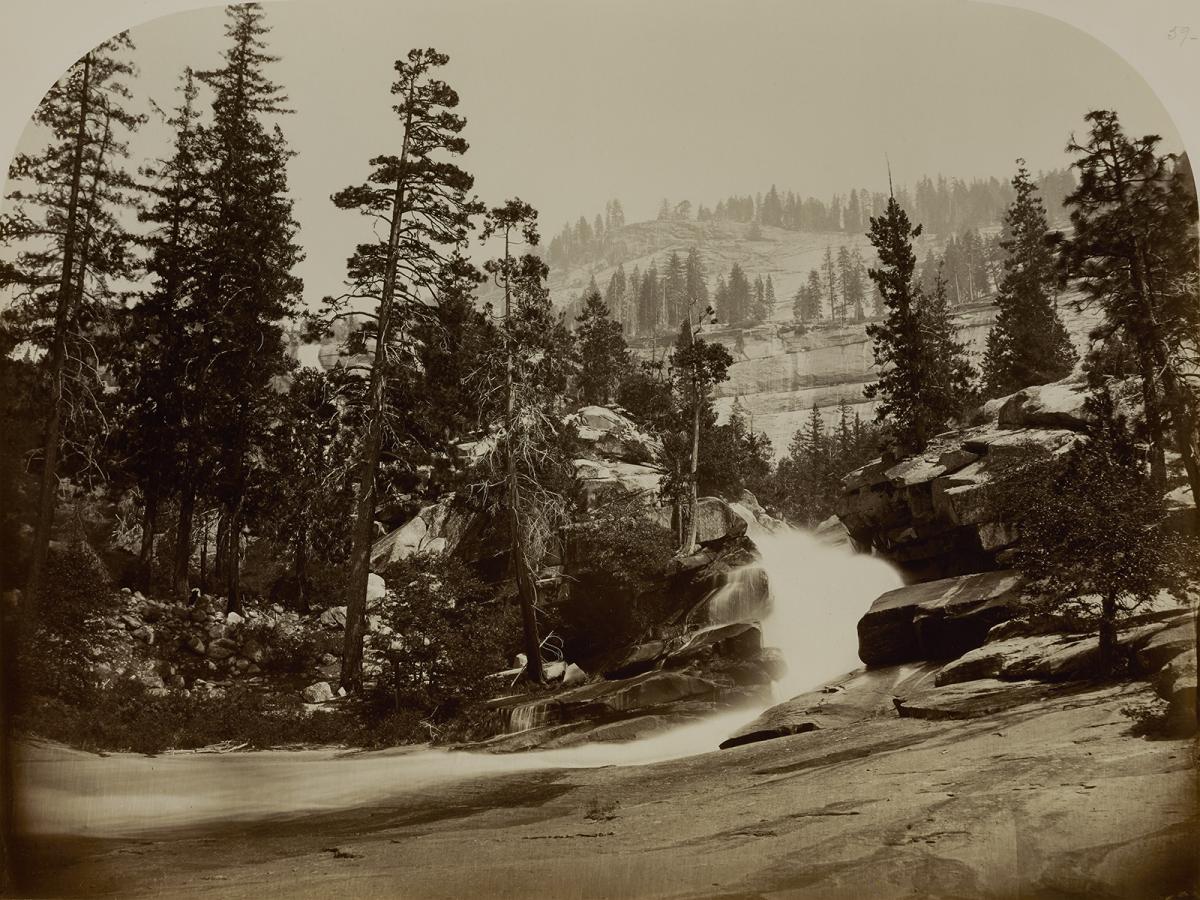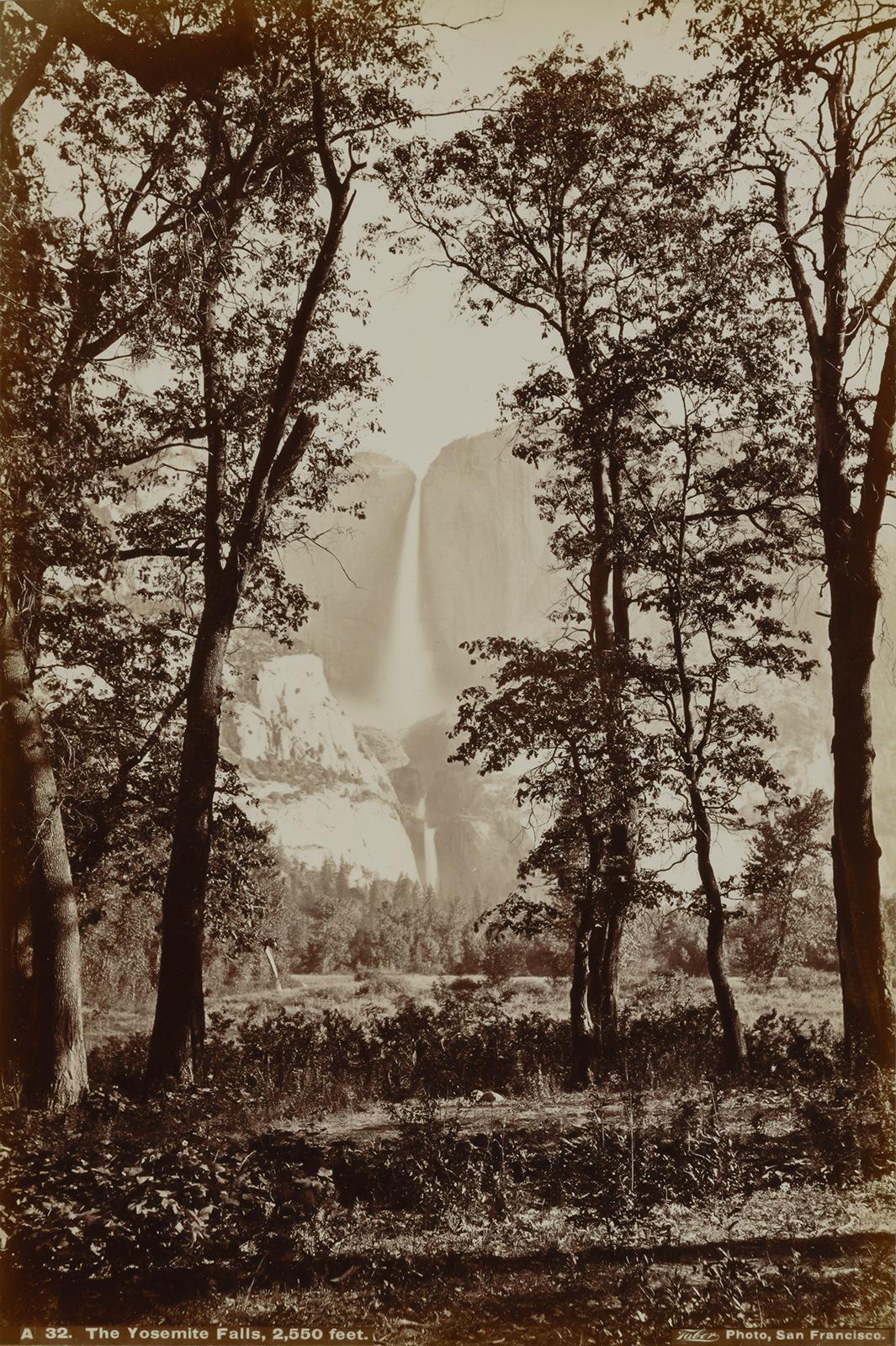Earth Day 2021 is upon us (April 22), and the theme this year is “Restore Our Earth.” Mother Nature has performed a reset of her own during the COVID-19 pandemic. Creatures of all kinds have taken advantage of this global, year-long mass hibernation by humans.
From the dolphins frolicking in the canals of Venice (no longer forced out by the endless throngs of cruise ships) to the 150,000 flamingos that conquered Mumbai, the storylines from the past year sound harmless enough.
Others, like wild deer taking over the main streets in Nara, Japan while peacocks strut their stuff in the streets of Ronda, Spain, demonstrate a profound desperation for nourishment, forcing animals who normally would avoid packed cities, sharing closer quarters with humans. Conservationists are quick to remind readers in each story that, should these disintegrating boundaries between these animals and humans continue, neither party will benefit in the long run.
Post-pandemic, will the United States prioritize our own reset of sorts in our relationship to nature? Eleanor Jones Harvey, senior curator at SAAM, draws inspiration from eighteenth-century naturalist and explorer Alexander von Humboldt. Her exhibition Alexander von Humboldt and the United States: Art, Nature, and Culture notes the careful documentation of the nation’s landscapes in American art, with artists directly influenced by Humboldt’s thoughts on the relationship between people and the natural world. In the accompanying catalogue, Harvey reflects on the importance of conservancy and the role photographer Carleton E. Watkins had in the efforts to create one of America’s iconic national parks:
Although explorers and artists had sketched Yosemite’s granite features before, it was Carleton E. Watkins who turned a local curiosity into a national icon. Watkins’s views of Yosemite set the itinerary and the expectations for every subsequent artist and visitor. He lugged his large-format camera and glass plates up the steep rock formations and along the valley floor, selecting what would become the canonical views of rock faces, waterfalls, rivers, groves, and meadows.
If Natural Bridge and Niagara Falls had defined eastern natural icons for the new nation, Yosemite offered its own transformative landmarks in the West. The vertiginous face of El Capitan rises straight up from the valley floor like an obelisk, its reflection in the river winding at its base adding height to its already monumental profile. Farther upriver, the plethora of seasonal waterfalls feeding the Merced River made for spectacular vistas. In Cascade, Nevada Falls, Yosemite, California, Watkins composed the landscape to feature the ribbon like blur as the water traversed the rocky banks.
Watkins had built his own large-format camera, capable of housing a glass plate measuring eighteen by twenty-two inches, which he dubbed his “mammoth plate” camera. Watkins’s photographs of massive landmarks evoked the impressive and unmatched scale of their fossil namesake, laying claim to the same metaphorical grandeur and importance. In competition with large-scale oil paintings, Watkins’s large-format photographs asserted both the veracity of their subjects and their claim to national stature.
Albert Bierstadt’s appreciation for California had been sparked by seeing Carleton Watkins’s mammoth print photographs when they were first shown in 1862 in New York. Like the rest of the nation, he was transfixed by this impressive scenery. For many easterners, this was their first glimpse of the California landscape. The Civil War had made it impossible for him to secure a military escort to the West Coast that year, but in 1863 he arrived and set to work. Bierstadt recognized in the California landscape an opportunity for him to forge an artistic identity separate from that of the Hudson River school.
Among the many sites Bierstadt painted were the iconic views established by Watkins, in several cases hewing closely to the photographer’s vantage point and adapting his compositional structure. Watkins’s Yosemite Falls frames the cascade between trees that appear to arch overhead….. to appreciate the waterfall. The bands of ground….[enhance] the sense of distance from camera to rock wall. This quickly became one of Watkins’s iconic views and established Yosemite Falls as a primary destination for visitors. Bierstadt’s Cho-Looke, The Yosemite Fall adopts a similar perspective; however, the painter focused on the overwhelming visual effect by adopting a vantage point that emphasizes the monumentality of the rock face and waterfall.
Watkins and Bierstadt portrayed California as a landscape emblematic of freedom. Both men were aware that Thomas Starr King and a small conservation minded group hoped to have Yosemite set aside as a federally protected site. With the nation plunged into a bloody civil war, California became a symbol of the country’s future, a potential refuge from the strife and a place in which the nation might bind up its wounds and start anew. Frederick Law Olmsted drafted the proposal, which King promoted, and in 1864, President Abraham Lincoln signed the legislation making Yosemite the precursor to the National Parks.




















